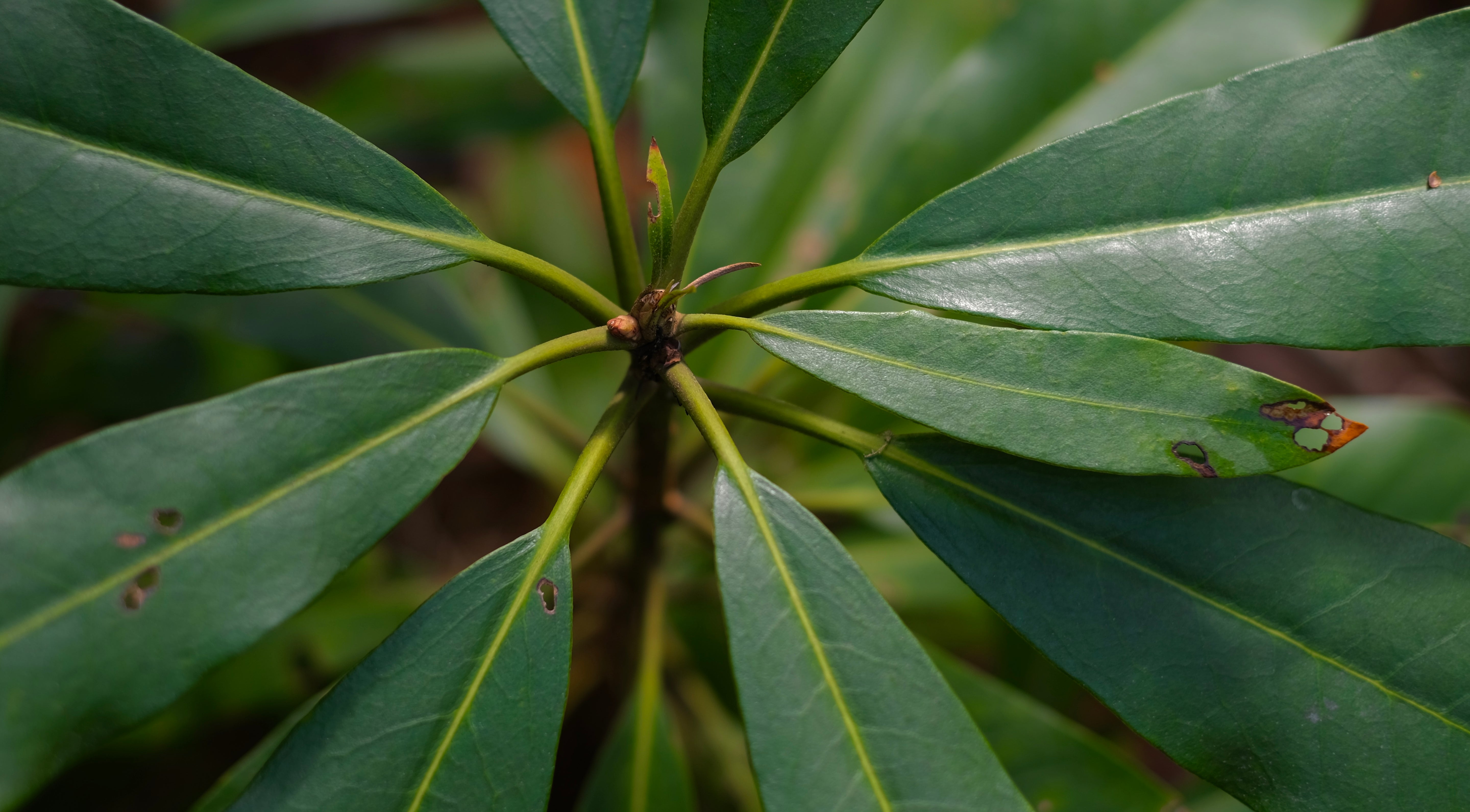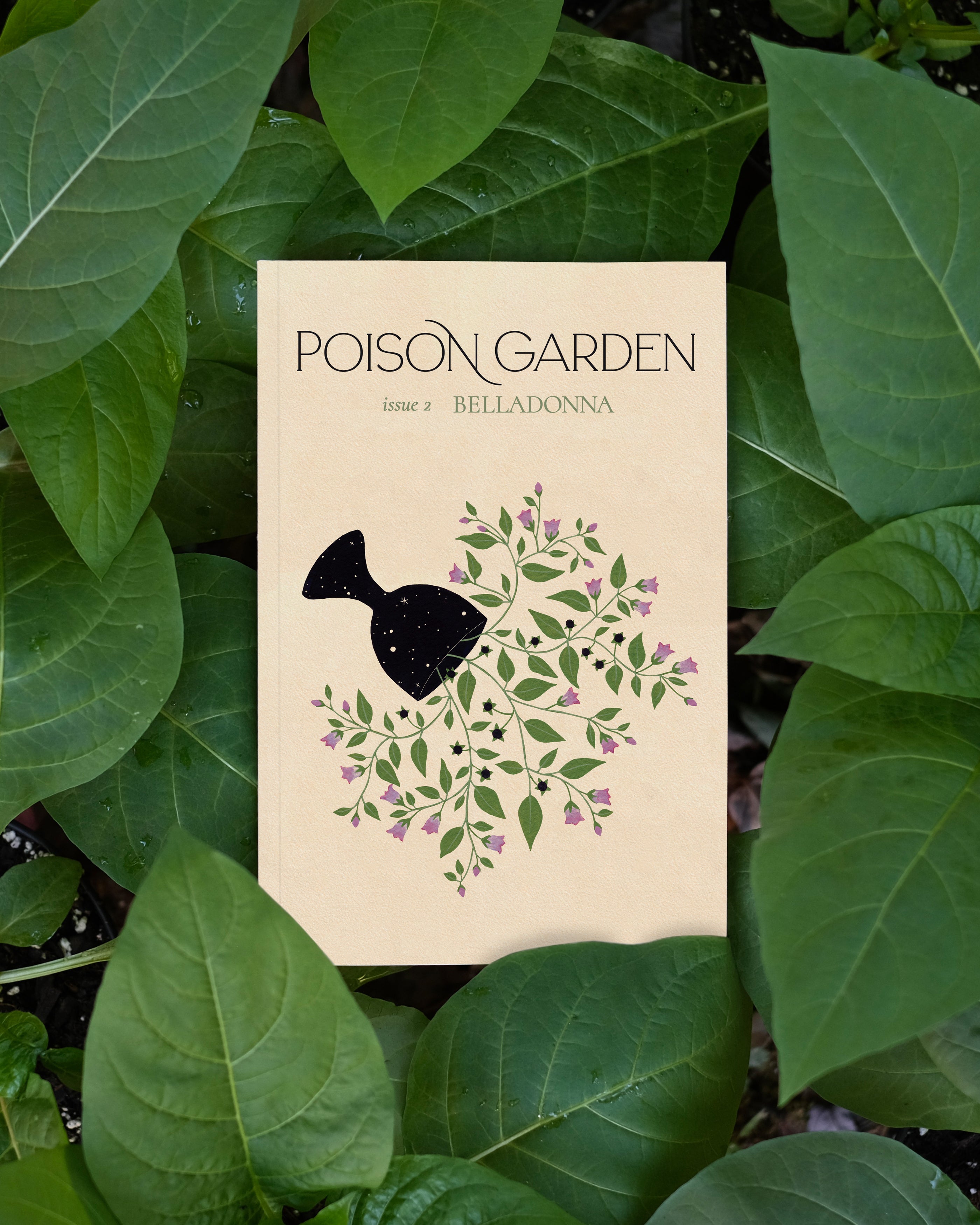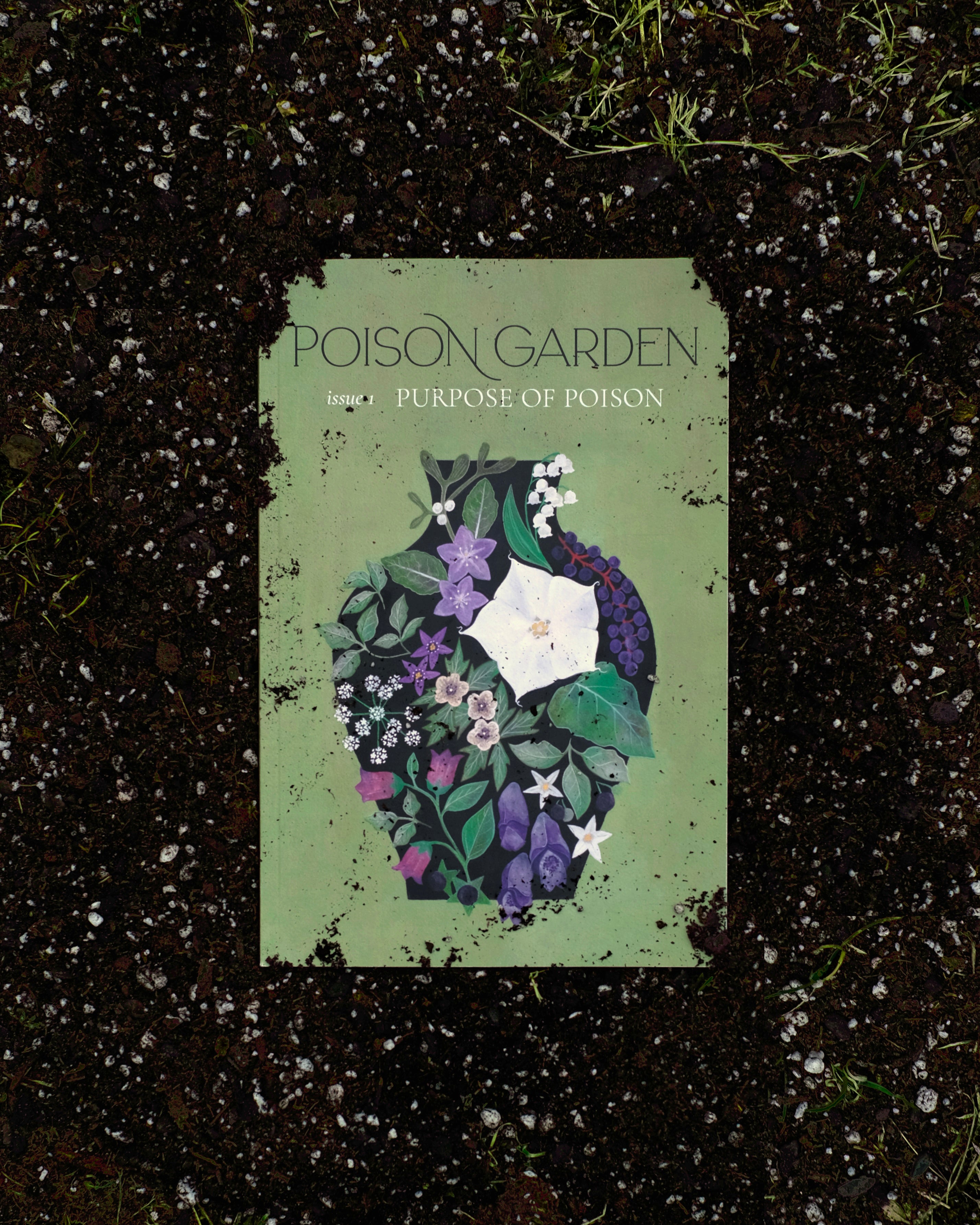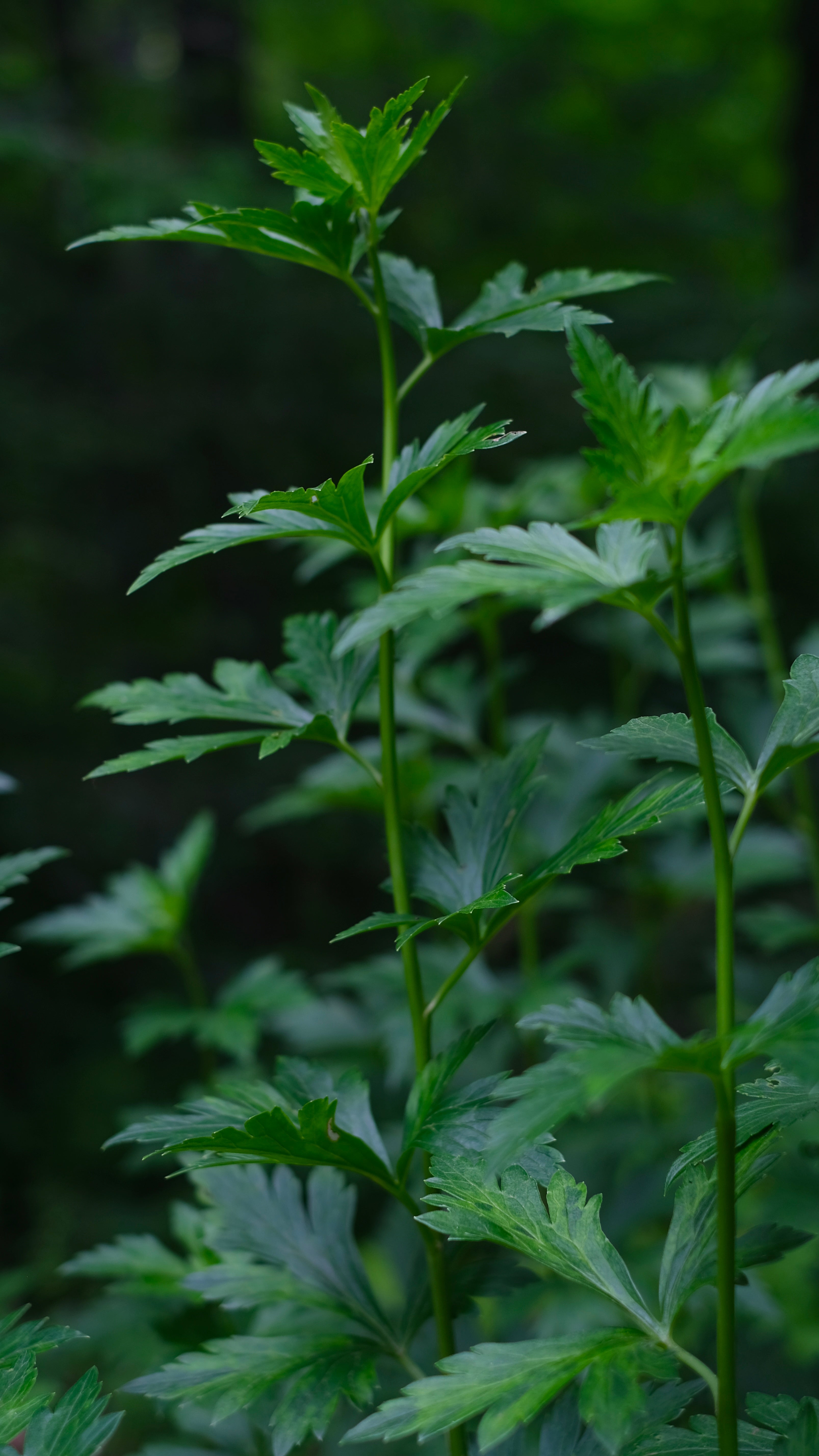Poison Garden issue #2: Belladonna has arrived
* WELCOME, BELLADONNA! *
Poison Garden Issues
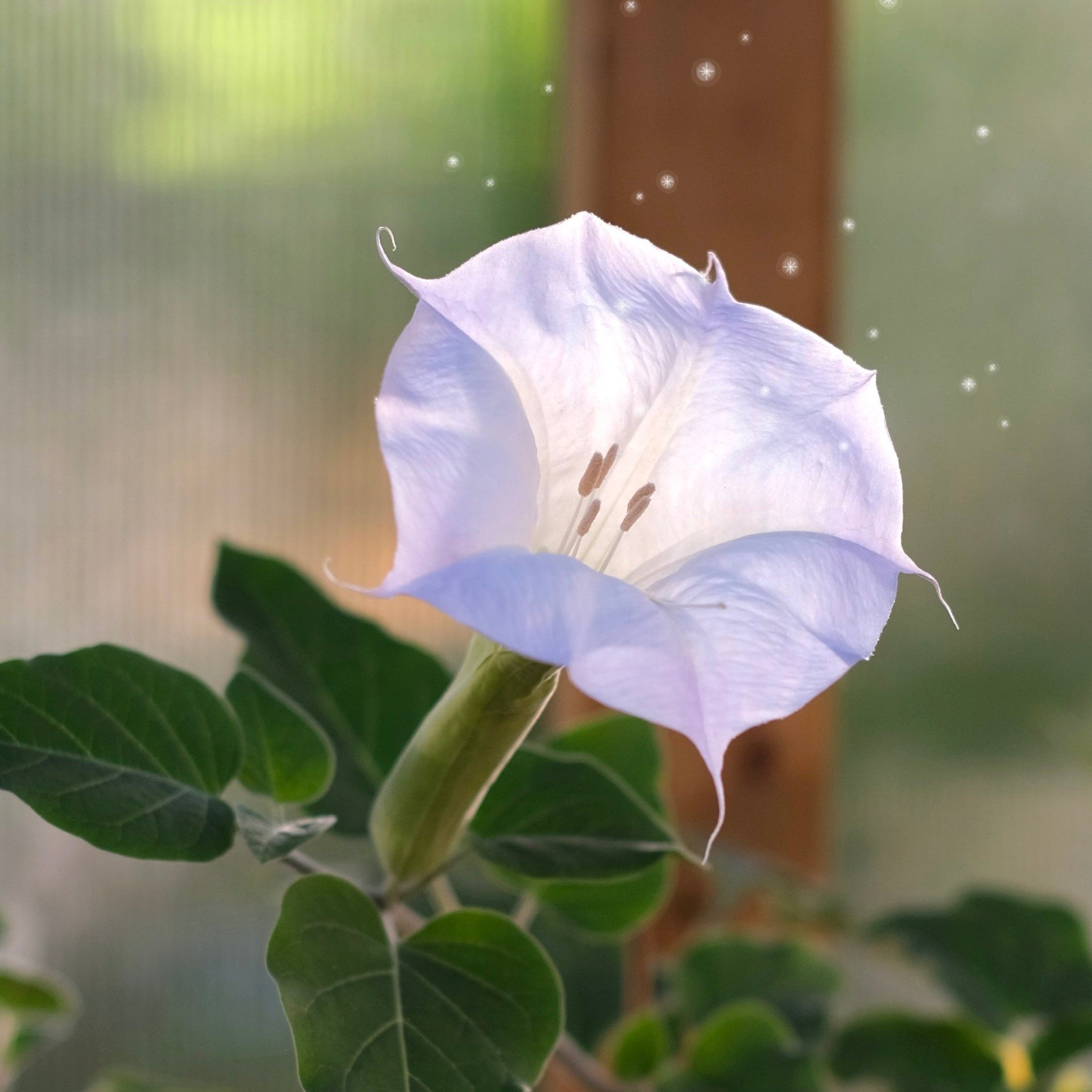
The Poison Garden is a periodical about powerful plants
Personal journeys are incredible, but there is magic that happens when we allow these plants to build community through different voices. Collaborating is where myths are born, where we can overlap our stories to deepen our own relationships with the plants and each other.
These are the plants once held as sacred by humans and immortalized in art and story, but now the attention given to them is negative or fearful.
It is time to remediate their reputation and strengthen the community of people who appreciate the depth that poison plants offer. And we need your help to do it.
Peek into our 2025 Issues
The purpose of poison depends on who is centered in its story. This issue explores many different perspectives on poison plants' role as medicine, weapon, celebration, and balm for grief. It is time to understand the full impact that these plants have on our lives and to hold the complex realities they can create.
Released in March 2025
Meet the Editors
Charlie Flatt is a writer and editor living his dream on a small farm in Southwest France.
Ryn Fink is a bog creature who sometimes shapeshifts as a creative, in service of our collective remembering and rerooting. When they're not tending their own poison garden, you can sometimes find them on IG. @ryn.fink | rynfink.substack.com
Mila Roeder is a writer and animist with a passion for traversing the unknown. @spiritdirt | milaroeder.com
Meet the Contributors
Sini Björklund is an avid reader and an amateur gardener who records her reading life and garden allotment adventures on Instagram. @sinisstories
Sara Breakfield runs Twig and Snip, which fosters a unique relationship with the natural world through flowers. You’ll often find her creating dried flower bouquets, hand woven nests, dried leaf garlands, Spirit Medicine bundles, tiny wreaths, and more. She works with her small garden patch at home to grow flowers and herbs for drying but the majority of her time is spent foraging in the Pacific Northwest.@twigandsnip | twigandsnip.com
Mack Budd is an artisan, gardener, and educator living in the North East. They work primarily in printmaking and letterpress, creating work that honors the Natural world and explores the myriad of relationships we have with botanicals. mackbudd.com
Liz Byrde is a hobbit who practices Therapeutic Horticulture at the local botanical garden. She/they is a devotee of the Ranunculaceae family (the holy family of the sacred buttercup). Her/their favorite things are tea, knitting, and Kung Fu. And flowers, obviously.
Rose dè Danann is a writer and artist living off grid on the Oregon Coast. @cascadiarose | wyrdwood.substack.com
Elaina Foley is a writer, dancer, and herbalist currently living in Berlin, Germany. There (and elsewhere), Elaina researches material culture and its (de)composition within natural history collections– with an eye towards how ecological transformation affects bodies and politics. @laineyy.grace | elainafoley.mmm.page
Taylor Fourt is a green-thumbed artist with dirt under her fingernails. Her gouache works illustrate regenerative agriculture systems, plants, people, and more. She creates visual guides on farming techniques by day, and organizes folks in her local horticultural community by night. In all places in life, she aims to cultivate positive feedback loops. @t.fourt | taylorfourt.com
Dajana Heremic (she/her) is an artist, mother, teacher & student of the wild, living from a deeply animistic experience of the world – this is true anarchy! In exploring (pre)history & reclaiming the cyclical & dark of (our) nature she's holding space for Re-membering. Through visual and magical arts & rewilding, she is weaving biocentrism, ecofeminism, ceremony, wildlife & earth skills, folklore, shadow work and hedge riding into daily life. As a refugee of war, the Kinship with the other-than-human world has deepened her sense of belonging and the radical meaning of home since her childhood. @dajanaheremic | dajanaheremic.com
Bitter Kalli is a writer and plant grower whose work engages with labor histories, Black visual culture, and multispecies kinship. They are a child of the Atlantic Ocean. @weathering._ |
Katie Kaplan is a multi-disciplinary visual artist whose work investigates the natural world as a connective medium between spiritual and activist practices. @pennysmasher | katiekaplanstudio.com
Tess Pugsley
Neha Savant is a dancer, writer, urban wildlife ecologist and settler with roots in Bharat (India), now living and loving within Lenapehoking, lands and waters of the Eastern Woodland traditions (Queens, NYC). Her trans-disciplinary art and science is currently grounded in maintaining the enabling conditions for biodiversity, relational difference, and pluralism to thrive. And she’s obsessed with boundary crossers like amphibians! @nehasavant | cityfrog.substack.com
Parker Thorn is a queer autistic writer and tarot reader. They love oat milk lattes and horror stories. @parkerjthorn
Since 2012, Jamie Whittaker and Janine Violini have been involved in the world of death. They offer an educational program called Crows in a Row, focusing on grief and death literacy along with rituals for endings. They are grateful to have the privilege of learning from the dying and the bereaved. @crows_in_a_row | crowsinarow.com
Lieu Wolfe is an artist, musician, herbalist and explorer creating beauty and magic in the Pacific Northwest. @hekatesarmory | @Lieuthierielle
Belladonna has such a rich history and presence. It has been used as medicine, in cosmetics, for death, it has appeared in mythology and folklore with associations to several deities and archetypes. It is the perfect example of how complex the relationship between humans and powerful plants has been - and the soil is still fertile for new stories to grow.
Releasing in September 2025
Meet the Editors
Mila Roeder is a writer and animist with a passion for traversing the unknown. @spiritdirt | milaroeder.com
Nikki Martin is a multidisciplinary artist, Deep Listening® facilitator, death doula, and animist residing in the Pacific Northwest. With over 20 years of experience spanning theater, film, publishing, visual and sound art, she’s happy to be back in the Green World. Her musings can be found on Substack. hedgewriter.substack.com
Meet the Contributors
Anna Antoniadi is a tattoo artist in training from Greece. She views and does art as a transformative experience, whether to adorn, heal or evoke a strong feeling. Her favorites include flowers (especially poisonous ones) and finding symbolism in everything. @valeriann.a
Chelsea Biagioli lives in the Pacific Northwest where she distills plants tended in her garden, creating multi-layered works and facilitating grief spaces through her business Olive of the Sea. @oliveofthesea | oliveofthesea.com
Jessica Blessing is an artist, writer and teacher based in Rhode Island. She engages in a multidisciplinary approach to exploring connections between the natural world, the subtleties of daily life and our deeper, shared human experiences. @thegrowingtimes
Olivia Gochnaur is a life-long animist raised in Appalachia. She has an education and work background in horticulture and environmental science. @hexe.girlfriend
Lana Smithner Greenleaf is a mourning artist. She’s passionately watering 3 death/grief projects: the communal recipe/art book "Mourning Elixirs", “Grieving Gardens” around the world, and the documentary "death, me, dying tree". All projects are made through communal contribution. mourningrituals.love | mourningrituals.substack.com
Venla Hietala is a gardener, an artist and a collector of little trinkets, based in southern Finland. Her love of nature bloomed at an early age, with her mother and grandmother teaching her flower names and sharing enchanting stories about the forest. She's been drawing ever since she could hold a pencil and sometimes shares her art on Instagram. @venladrawsthings
Maia Hoekstra
Meghan Schardt (she/they) is a certified clinical herbalist, flower essence practitioner, death & grief care worker, herbal educator, and language lover located on kalapuya land, also known as eugene, oregon, where she runs her private practice under the name red fawkes apothecary. @red_fawkes_apothecary | redfawkesapothecary.com
Thayer Sindelar
Published Illustrator, Naturalist and Alchemist, Tugce Okay specializes in the art and study of poisonous plants. Her ongoing project, an illustrated Color Atlas, documents the hidden color palettes of toxic flora; each pigment hand-extracted and transformed into watercolors and inks, offering a unique contribution to the study and artistic representation of poisonous plants. @betweenstarsandsoil
Molly Virostek is a writer and artist living in California, exploring myth, metaphor, divination, and Dionysian drama. Her plays, poetry, essays, and scripts reclaim depth and reframe divine madness, and she is helping shape Incubatio: a creative institute devoted to the lost art of dreaming. @incubatio_ | howtoplaycards.substack.com
Sally A. Ward, also known as witchy burlesque performer Misty Glamoire, has a varied background within film making, performance, graphic design and art. She runs the theatre company Cherry TopHat with her husband, a Magician, and she creates her own designs themed around the wondrous world of poisonous plants. @mistyglamoire | mistyglamoire.com
STOCKISTS


